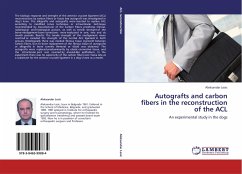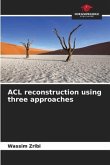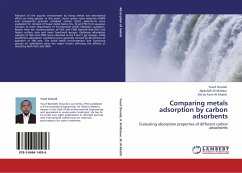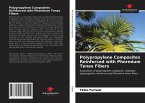The biologic response and strenght of the anterior cruciate ligament (ACL) reconstruction by carbon fibers or fascia lata autograft was investigated in dog s knee. The allografts and autografts were inserted to replace ACL according to modified Jones technique or intraarticular technique recommended by manufacturer of the Carbon Fibers prosthesis. Clinical, radiological and histological picture, as well as tensile strenght of the bone-neoligament-bone conections were evaluated in one, two and six month periods. Results: The tensile strenght of the neoligament never reached or exceded the strenght of the normal ACL ligament in both groups. Histologically there was marked fibrous tissue ingrowth between carbon fibers, but no bone replacement of the fibrous tissue of autografts or allografts in bone tunnels (femoral or tibial) was obtained. The autografts were replaced predominantly by elastic connective tissue, and the intrarticular part was covered by sinovial-like epithelium. In the experiment there was no superiority of the carbon fibers over fascia lata as a substitute for the anterior cruciate ligament in a dog s knee as a model.
Bitte wählen Sie Ihr Anliegen aus.
Rechnungen
Retourenschein anfordern
Bestellstatus
Storno








